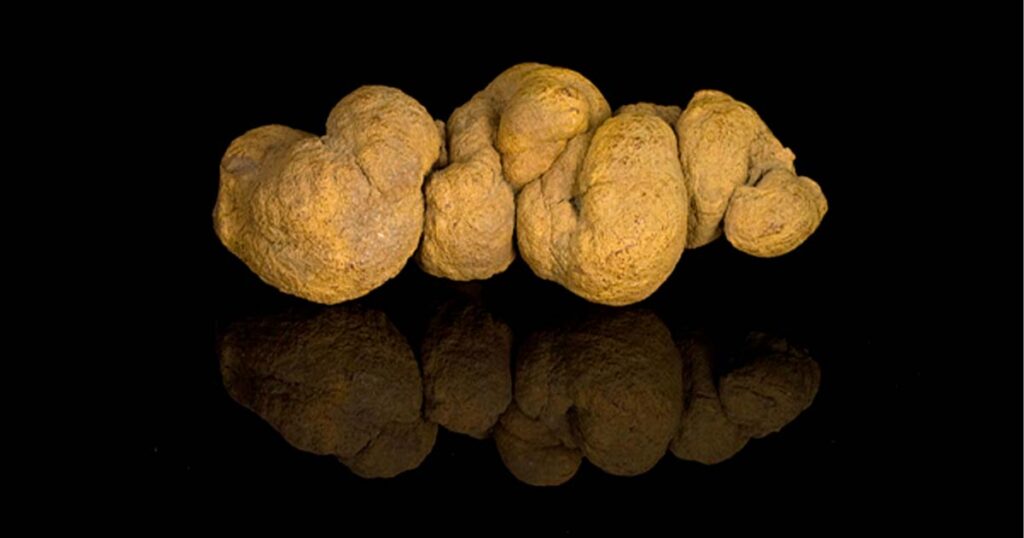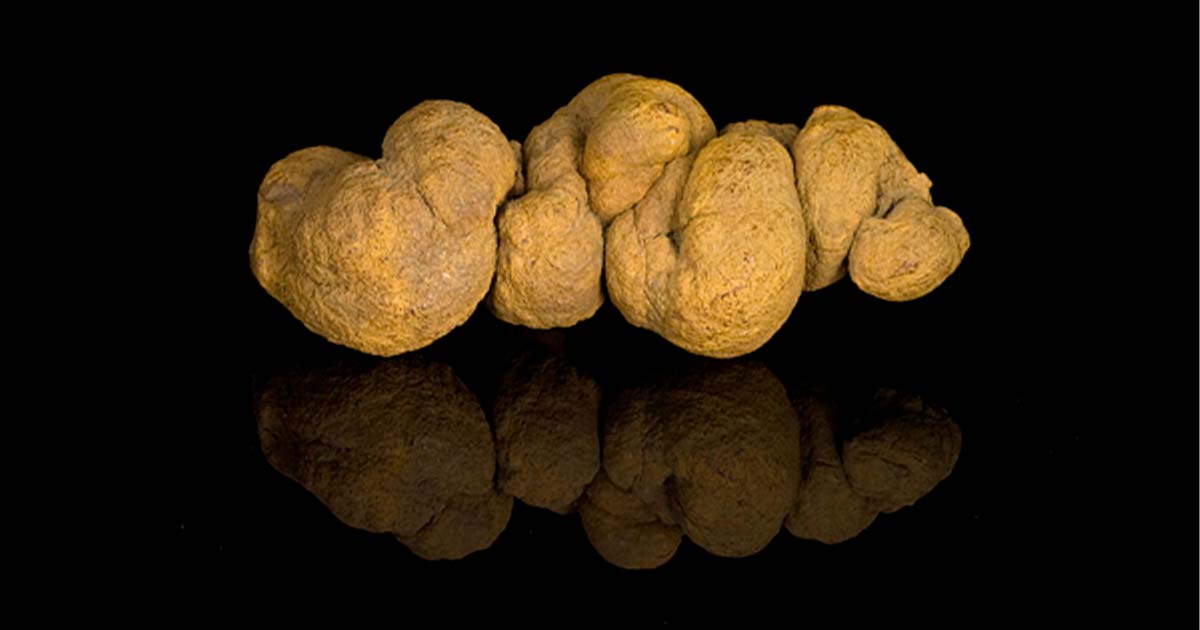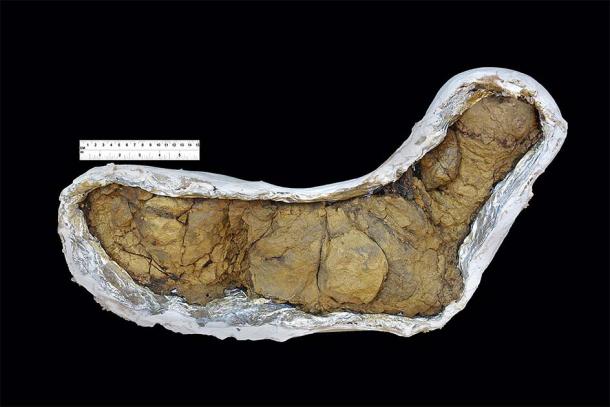

Coprolite, also known as prehistoric poo, has been highly prized since its discovery in the 19th century. Regarded as a priceless treasure-trove by paleontologists and archaeologists alike, mining dinosaur droppings for use as fertilizer during the Victorian era proved to be an exceptionally lucrative endeavor.
During the 1850s, a wave of miners flocked to Cambridgeshire, England, in what History Extra aptly dubbed “the Victorian ‘gold rush’ for fossilized feces.” This peculiar craze was closely tied to the increased demand for fertilizer caused by food shortages following the Napoleonic Wars.Top of Form
Coprolites, a fancy term to describe fossilized feces, were first discovered in the early 1800s by English fossil hunter Mary Anning, who noticed that they contained little pieces of fish and bone. This attention to detail inspired geologist William Buckland to conclude that they were actually samples of fossilized poo, naming them coprolites in 1829, from the Greek kopros (“dung”) and lithos (“stone”).
Inspiring a host of scatological monikers, from dino doo to fecal fossils, coprolites come in all shapes and sizes, including the ginormous 67.5-centimeter-long (2ft 2.5 in) coprolite nicknamed Barnum, supposedly deposited by a Tyrannosaurus rex.
While small coprolites are comparatively common, dinosaur scat is rare since “most dinosaur excrement may simply have splatted when it landed, particularly if the output source was high above ground,” reported Earth Magazine. While most look like rocks, some retain their color and distinctive contours.

The fossilized feces, or coprolite, of a carnivorous dinosaur – most likely a Tyrannosaurus rex – discovered in South Dakota, USA. (Poozeum / CC BY-SA 4.0)
John Stevens Henslow, a botanist hailing from Cambridge, played a pivotal role in recognizing the substantial phosphate content of coprolites. In 1845 he published an article about their potential economic worth as a fertilizer which had unintended consequences. Similar to the historic California Gold Rush in the United States, the unearthing of coprolite-rich sites in eastern England sparked an often overlooked phenomenon known as the dung rush.
Once submerged underwater, these areas became perfect for preserving coprolites due to their soft landing surface. From the 1850s, this peculiar event attracted hundreds of miners to the region, eagerly seeking to capitalize on the newfound opportunity. The venture proved to be short-lived, and by the 1880s the coprolite industry had given way to artificial fertilizers.
These days, coprolites are treasured for an entirely different reason. By examining pollen samples, DNA and even parasites within, coprolites can help scientists understand the ecology and diet of now-extinct creatures and paleoscatologists revel in their findings. In one example, scientists used tiny bone fragments within dinosaur droppings to definitively prove that T-rexes crushed their victims.
Even today, Jurassic poop can fetch a pretty penny. One collector even paid $10,370 at auction for what was billed a six-million-year old coprolite, the longest sample ever offered at auction, only to have skeptical scientists question its authenticity. Coprolite happens!